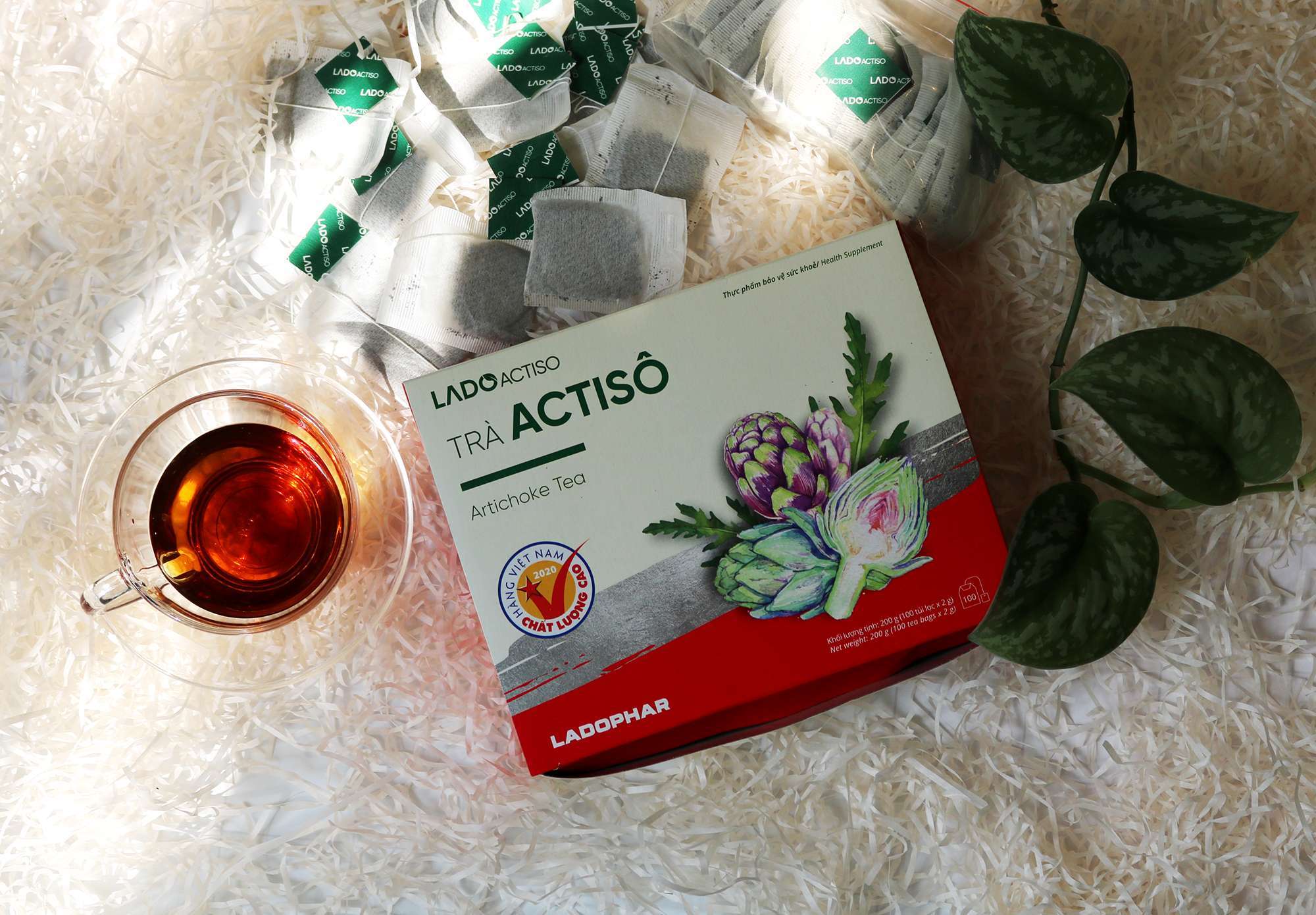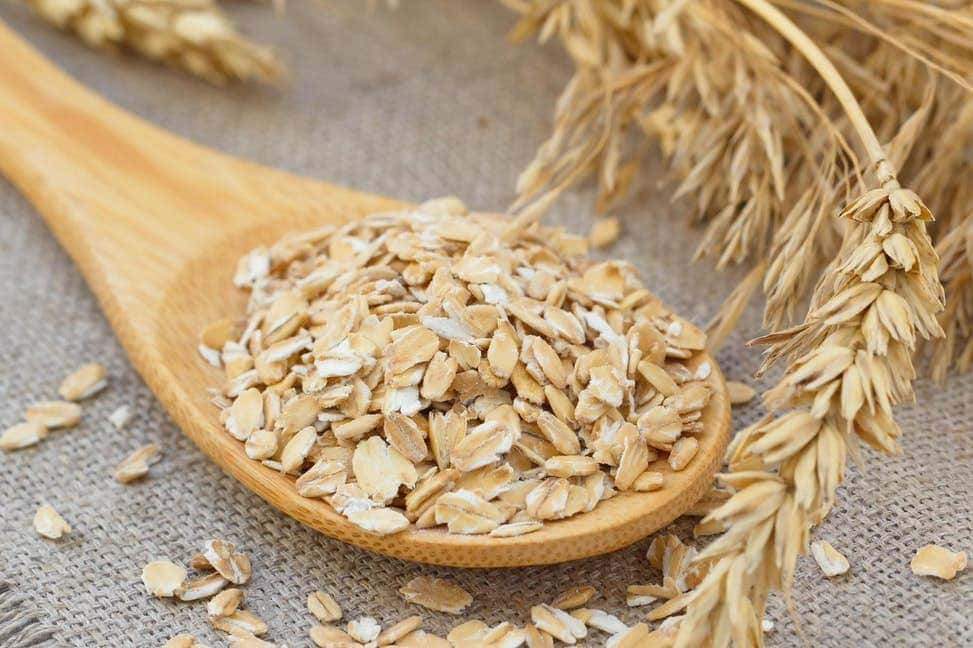Are fermented foods good for health?
Are fermented foods good for health?
Fermentation is suitable for all kinds of environments. It is one of the oldest metabolic processes which is common to prokaryotes and eukaryotes. Fermentation has many health benefits and is used in the production of alcoholic beverages, bread, yogurt, sauerkraut, apple cider vinegar and kombucha. It is also used in industry to generate ethanol as a source of biofuel.
Fermentation is a metabolic process that produces chemical changes in organic substances through the action of enzymes. In biochemistry, fermentation is narrowly defined as the extraction of energy from carbohydrates in the absence of oxygen, while in food production, it may more broadly refer to any process in which the activity of microorganisms brings about a desirable change to a foodstuff or beverage. The science of fermentation is known as zymology.
In microorganisms, fermentation is the primary means of producing adenosine triphosphate (ATP) by the degradation of organic nutrients anaerobically.
Humans have used fermentation to produce foodstuffs and beverages since the Neolithic age. For example, fermentation is used for preservation in a process that produces lactic acid found in such sour foods as pickled cucumbers, kombucha, kimchi, and yogurt, as well as for producing alcoholic beverages such as wine and beer. Fermentation also occurs within the gastrointestinal tracts of all animals, including humans.
Industrial fermentation is a broader term used for the process of applying microbes for the large-scale production of chemicals, biofuels, enzymes, proteins and pharmaceuticals.

Definitions
Below are some definitions of fermentation ranging from informal, general usages to more scientific definitions.
1. Preservation methods for food via microorganisms (general use).
2. Any large-scale microbial process occurring with or without air (common definition used in industry, also known as industrial fermentation).
3. Any process that produces alcoholic beverages or acidic dairy products (general use).
4. Any energy-releasing metabolic process that takes place only under anaerobic conditions (somewhat scientific).
5. Any metabolic process that releases energy from a sugar or other organic molecule, does not require oxygen or an electron transport system, and uses an organic molecule as the final electron acceptor (most scientific).
The word "ferment" is derived from the Latin verb fervere, which means to boil. It is thought to have been first used in the late 14th century in alchemy, but only in a broad sense. It was not used in the modern scientific sense until around 1600.

Biological role
Along with aerobic respiration, fermentation is a method to extract energy from molecules. This method is the only one common to all bacteria and eukaryotes. It is therefore considered the oldest metabolic pathway, suitable for primeval environments - before plant life on Earth, that is, before oxygen in the atmosphere. Nick Lane criticizes this proposal as the amount of energy released by fermentation is small, which can't lead to a thermodynamic driving force of prebiotic chemistry. The enzymes involved in fermentations, which are encoded by genes, could not have existed during prebiotic chemistry. In addition, he notes that the differences between the fermentation processes in archaea and bacteria indicate that fermentation likely evolved later on, developing independently in both types of primitive life.
Yeast, a form of fungus, occurs in almost any environment capable of supporting microbes, from the skins of fruits to the guts of insects and mammals to the deep ocean. Yeasts convert (break down) sugar-rich molecules to produce ethanol and carbon dioxide.
Basic mechanisms for fermentation remain present in all cells of higher organisms. Mammalian muscle carries out fermentation during periods of intense exercise where oxygen supply becomes limited, resulting in the creation of lactic acid. In invertebrates, fermentation also produces succinate and alanine.
Fermentative bacteria play an essential role in the production of methane in habitats ranging from the rumens of cattle to sewage digesters and freshwater sediments. They produce hydrogen, carbon dioxide, formate and acetate and carboxylic acids. Then consortia of microbes convert the carbon dioxide and acetate to methane. Acetogenic bacteria oxidize the acids, obtaining more acetate and either hydrogen or formate. Finally, methanogens (in the domain Archea) convert acetate to methane.

Biochemical View
Glycolysis, which is the metabolic pathway that converts glucose to pyruvate, is the first step in fermentation. During the process of glycolysis, one molecule of glucose, a six carbon sugar, breaks down into two pyruvate molecules. This exothermic reaction releases energy for the phosphorylation of ADP to ATP (adenosine triphosphate) and conversion of NAD+ to NADH.
In the presence of oxygen, the pyruvate may then be oxidized through the tricarboxylic acid cycle, a process known as aerobic respiration. Conversely, the pyruvate may be reduced to alcohol, lactic acid or other products in the absence of oxygen, in the fermentation process.

Types of Fermentation
There are many types of fermentation, distinguished mainly by the end products. Two of the most important and commonly used types are ethanol/alcoholic fermentation and lactic acid fermentation.
Ethanol fermentation is used in the production of alcoholic beverages. Lactic acid fermentation is used to flavor or preserve dairy and vegetables. Lactic acid fermentation also occurs in muscle cells under strenuous activity. In this case, muscles consume energy (ATP) faster than oxygen can be supplied, resulting in an anaerobic environment and thus lactic acid buildup and sore muscles.
There are other types of fermentation such as acetic acid fermentation, acetone-butanol-ethanol fermentation and mixed acid fermentation.
1. Ethanol FermentationEthanol fermentation is defined as the biological process that turns sugar (glucose, fructose and sucrose) into ethanol, carbon dioxide and energy. After the initial glycolysis step that converts one glucose molecule to two pyruvate molecules, the pyruvate molecules further break down into two acetaldehyde and two carbon dioxide molecules, a step catalyzed by pyruvate decarboxylase. Alcohol dehydrogenase then facilitates the conversion of the two acetaldehyde molecules to two ethanol molecules, utilizing the energy and hydrogen from NADH.
2. Lactic Acid FermentationLactic acid fermentation is another type of fermentation and is described as the metabolic process that transforms sugar into the metabolite lactate and energy. It is the only respiration process that does not produce a gas and occurs in some bacteria (such as lactobacilli) and muscle cells. This type of fermentation converts the two molecules of pyruvate from glycolysis to two lactic acid molecules and regenerates the NAD+ in the process, continuing the cycle. This redox reaction is catalyzed by lactic acid dehydrogenase. Lactic acid bacteria can carry out either homolactic fermentation, where lactic acid is the major product, or heterolactic fermentation, where some lactate is further metabolized into ethanol, carbon dioxide and other byproducts.
3. Acetic acid FermentationVinegar is produced by the two-step process. The first step is the formation of ethyl alcohol from sugar anaerobically using yeast. In the second step, ethyl alcohol is further oxidized to form acetic acid using acetobacter bacteria. Microbial oxidation of alcohol to acid is an aerobic process.
4. Butyric acid FermentationThis type of fermentation is characteristic of obligate anaerobic bacteria of genus clostridium. This occurs in retting of jute fibre, rancid butter, tobacco processing and tanning of leather. Butyric acid is produced in the human colon as a product of dietary fibre fermentation. It is an important source of energy for colorectal epithelium. Sugar is first oxidized to pyruvate by the process of glycolysis and then pyruvate is further oxidized to form acetyl-CoA by the oxidoreductase enzyme system with the production of H2 and CO2. Acetyl-CoA is further reduced to form butyric acid. This type of fermentation leads to a relatively higher yield of energy. 3 molecules of ATP are formed.

Importance and Benefits of Fermentation
Rich in probiotics, fermented foods contain microorganisms that can help maintain a healthy gut system, so it can extract nutrients from food more efficiently. They are beneficial for human health in a number of ways.
The probiotics, enzymes and lactic acid in fermented foods can facilitate the intake of vitamins and minerals by the body. Fermentation increases vitamins B and C and enhances folic acid, riboflavin, niacin, thiamin and biotin, making them more accessible for absorption.
Fermentation can also neutralize phytic acid, a substance in grains, nuts, seeds and legumes that causes mineral deficiencies. Phytates, the ionized form of phytic acid, also make starch, proteins and fats less digestible.
The microorganisms, or probiotics, in fermented food can help maintain a healthy gut in producing antibiotic, antiviral, antifungal and antitumor agents, as well as creating an acidic environment that pathogens do not thrive in.
Compiled and written by Crocus Media
Products

Artichoke tea
Premium artichoke tea box of 100 premium tea bags is a traditional product from artichoke with aroma from artichoke with completely natural sweetness, now added with high artichoke ingredient to enhance the prevention and protection effect of hepatobiliary.

Negin Saffron Kashmiri
Negin Saffron from The House of Origins is legally sourced with high quality. There are a plethora of famous saffron raw material areas, but the Kashmiri pistil from India has a better quality because the climatic and soil conditions are more suitable for them. Each Kashmiri saffron has 3 delicate branches of saffron that are skillfully hand-picked by the local Lethapora farmer community to bring you the original and pure 'red gold'.



